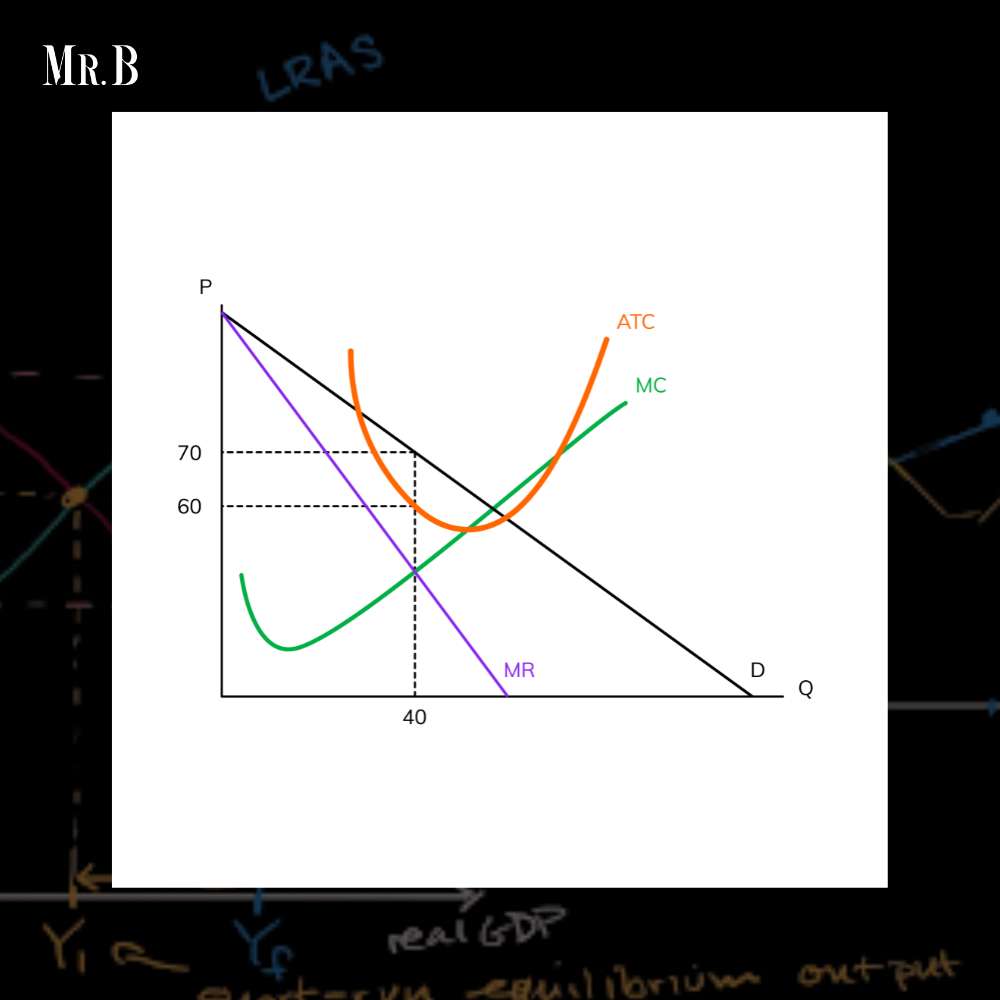(SOURCE-wizeprep)
In the intricate dance of economic theory, the concepts of short run and long run equilibrium play pivotal roles in understanding how markets find stability over varying time frames. As we delve into the intricacies of these equilibrium states, it becomes evident that short run and long run equilibrium are key components that shape economic decision-making and policy formulation. This article aims to dissect and elucidate the nuances of short run and long run equilibrium, shedding light on their distinct characteristics, factors, and implications.
Understanding Short Run Equilibrium
Short run equilibrium refers to the temporary balance achieved within a market over a limited time span. It is characterized by the interaction of supply and demand forces that determine the equilibrium price and quantity. Unlike the long run, the short run is marked by factors such as fixed inputs, incomplete market adjustments, and the inability of firms to enter or exit the market freely.
Factors Influencing Short Run Equilibrium
Several factors contribute to the establishment of short run equilibrium. Changes in consumer preferences, fluctuations in input prices, and shifts in overall demand all play a role in shaping the short run equilibrium. Price and quantity adjustments occur as the market responds to these factors, reaching a balance that may deviate from the ideal long run equilibrium due to the presence of fixed constraints.

The Role of Government Interventions
Short run equilibrium is often subject to government interventions, policies, and external shocks. Fiscal and monetary policies, for example, can impact demand and supply conditions, influencing the short run equilibrium. The effects of interventions may be transient, affecting the market for a limited period and leading to adjustments that may not align with the long run equilibrium.
Dynamic Nature of Short Run Equilibrium
Short run equilibrium is dynamic and subject to change as external factors fluctuate. While prices and quantities may reach a temporary balance, this equilibrium state is susceptible to shifts in market conditions. The impermanence of short run equilibrium necessitates a continuous analysis of changing factors to make informed decisions in response to evolving economic landscapes.
Understanding Long Run Equilibrium
In contrast to the short run, long run equilibrium represents a more sustained state of balance within a market. It is characterized by the absence of fixed inputs, full market adjustments, and the freedom of firms to enter or exit the market. In the long run, all inputs are variable, allowing for a more comprehensive adjustment to changes in demand and supply conditions.

Factors Influencing Long Run Equilibrium
Long run equilibrium is influenced by factors that allow for greater flexibility in market adjustments. Firms can enter or exit the market, adjusting production levels and optimizing resource allocation. Over the long run, technological advancements, changes in resource availability, and shifts in consumer preferences all contribute to the establishment of a new equilibrium that aligns with optimal market conditions.
Market Forces and Long Run Equilibrium
In the absence of fixed constraints, market forces in the long run drive the adjustments necessary for reaching equilibrium. The flexibility of firms to respond to changes in demand and supply ensures that the market can achieve a balance that maximizes efficiency and allocates resources optimally. Long run equilibrium represents a state of economic harmony where the market has fully adapted to prevailing conditions.
Benefits of short run and long run equilibrium to the economy as a whole
1. Balancing Immediate Concerns
Short run equilibrium provides a crucial mechanism for balancing immediate economic concerns. By offering a temporary state of market balance, it allows for the adjustment of supply and demand forces in response to transient factors such as changes in consumer preferences, input prices, or external shocks. This balance facilitates stability during economic fluctuations, preventing abrupt disruptions and enabling businesses and consumers to make informed decisions in the face of uncertainty. This role of short run and long run equilibrium is vital for an economy to remain stable.

2. Synergistic Benefits of Short Run and Long Run Equilibrium States
The interplay between short run and long run equilibrium creates a synergistic effect that benefits the economy as a whole. Short run equilibrium, with its adaptability to changing conditions, provides a safety net during economic volatility, allowing for swift responses to immediate challenges. Simultaneously, long run equilibrium sets the stage for sustained growth, ensuring that the economy operates optimally over extended periods, free from distortions and inefficiencies. Hence, both short run and long run equilibrium are required to maintain the effectiveness respectively.
FAQs:
Q1: What is short run equilibrium?
A1: Short run equilibrium is a temporary state of balance within a market, characterized by the interaction of supply and demand forces over a limited time frame.
Q2: What factors influence short run equilibrium?
A2: Changes in consumer preferences, fluctuations in input prices, and shifts in overall demand are factors that influence short run equilibrium.
Q3: How does government intervention impact short run equilibrium?
A3: Government interventions, such as fiscal and monetary policies, can influence short run equilibrium by affecting demand and supply conditions, leading to temporary adjustments.
Q4: What is long run equilibrium?
A4: Long run equilibrium is a sustained state of balance within a market, characterized by the absence of fixed inputs, full market adjustments, and the freedom of firms to enter or exit the market.
Q5: How do market forces contribute to long run equilibrium?
A5: In the long run, market forces drive adjustments as firms can freely enter or exit the market, allowing for optimal resource allocation and efficiency.
Conclusion:
The economic benefits of short run and long run equilibrium are profound and interconnected. Together, these equilibrium states create a dynamic framework that allows for both adaptability to immediate concerns and the establishment of conditions conducive to long-term prosperity. By fostering stability, promoting competition, and optimizing resource allocation, short run and long run equilibrium contribute indispensably to the holistic well-being of the economy.









